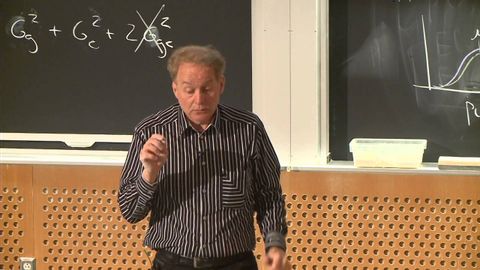
Subtitles & vocabulary
19. Discovering Quantitative Trait Loci (QTLs)
00
Morris Du posted on 2015/06/29Save
Video vocabulary
sense
US /sɛns/
・
UK /sens/
- Noun (Countable/Uncountable)
- Certain mental feeling or emotion
- Normal or clear state of mind
- Verb (Transitive/Intransitive)
- To perceive using sight, sound, taste touch etc.
- To recognize the presence of something
A1TOEIC
More trait
US /tret/
・
UK /treɪt/
- Noun (Countable/Uncountable)
- A particular characteristic that can produce a particular type of behavior
- A genetically determined characteristic or condition.
C2
More audience
US /ˈɔdiəns/
・
UK /ˈɔ:diəns/
- Noun (Countable/Uncountable)
- Group of people attending a play, movie etc.
A2TOEIC
More effect
US /ɪˈfɛkt/
・
UK /ɪ'fekt/
- Noun (Countable/Uncountable)
- An advantage, benefit
- Change brought about by a cause; result
- Transitive Verb
- To cause (something) to happen; bring about.
A1TOEIC
More Use Energy
Unlock All Vocabulary
Unlock pronunciation, explanations, and filters
